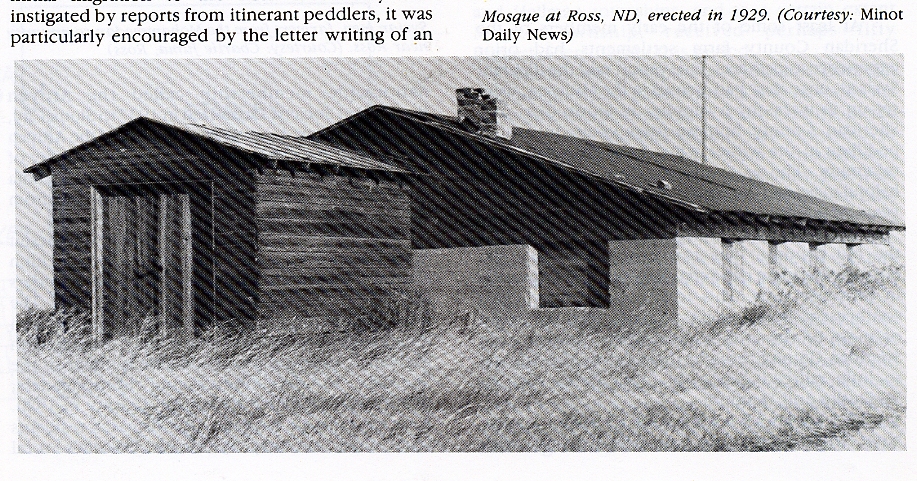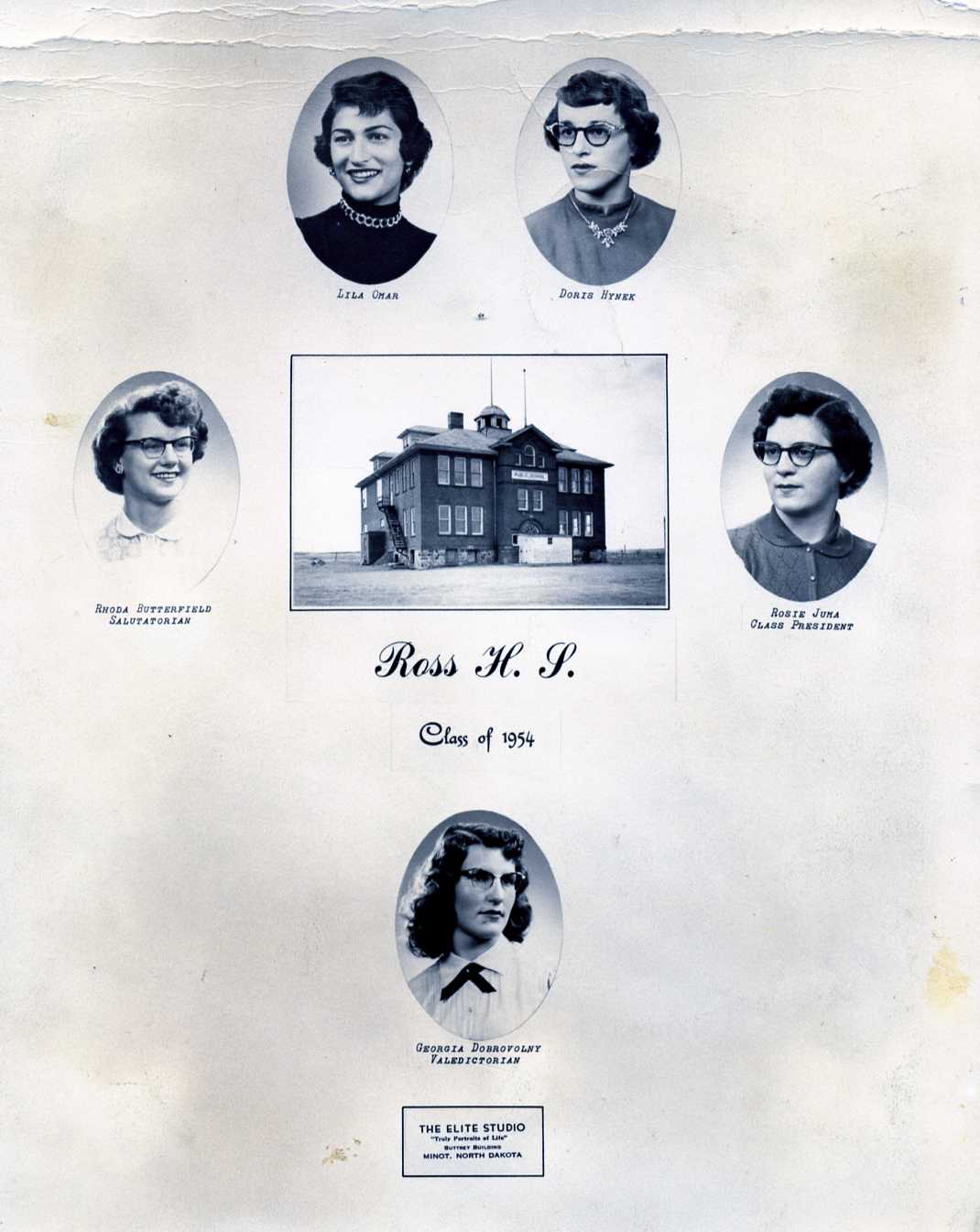#241 – Dick Bernard: The Tyranny of the Minority; and the (theoretical) Power of the Majority
Last night on the national news of one of the Big Three (CBS, NBC, ABC) I watched a reporter contextualize for viewers the conflict over allowing 2000-era federal tax cuts to sunset (expire) for those earning over $250,000 a year. The over-$250,000 group is said to represent about 2% of American taxpayers. For the rest of us, the holiday would continue.
In order to be “fair and balanced” (I suppose), the perhaps-three minute report focused on the negative impact on “small business”, and employment, if the two percent over $250,000 small businesses would lose their tax break in 2011. Two business owners were interviewed, and of course, said that they’d have to cut some jobs if they had to pay more taxes.
At the end of the segment, the reporter took pen to white board, and gave his interpretation of reality: as I recall the numbers, he said that 2 1/2% of small businesses are in the $250,000+ category. BUT this represents almost 900,000 small businesses.
Segment over, back to the news…. Those poor business owners.
One might feel sympathy for these entrepreneur small business owners, and especially for the employees they say they’ll have to let go, but there is a “wait a minute” aspect to this – an aspect not touched (intentionally, I believe) by the news program.
What was not stated was that 97 1/2% of American small business, apparently nearly 24,000,000 of these businesses, the overwhelming vast majority, would not, under the Presidents plan, be faced with the possibility of going back to 2000 era tax rates. Only the two or so percent who are the wealthiest among us would have to wear the hair shirt of the additional tax, which means only going back to the rates prevailing at the time the ill-advised tax cuts were made.
We should feel sorry for those over $250,000 folks for having to help the lessers among us recover from near catastrophe?
Sorry.
(I don’t think the break point of $250,000 is nearly low enough. But that’s for another conversation.)
I think back to my own work experience. I worked an entire career, and within my constellation of relatives and friends, I would probably be considered to have made a really good living.
In my working years, it would take several YEARS of earnings to equal $250,000. I never got close to reaching a six figure annual income. Nonetheless, I lived well (by my standards). By no measure could I be considered “poor”…or “wealthy” either.
The ‘tax holiday’ between 2001 and the present was good for me. I have all my old tax records so can retrace all of those steps, and do an essentially ‘apples to apples’ comparison. Federal tax went down; state tax stayed pretty constant; property tax went up, but not by a lot.
I had ‘more jingle in my pocket’ those tax-holiday years, but I can’t really say that it did me any good at all. And when I compare it against the catastrophe it spawned in huge federal debt to pay for a war; and all of the credit card debt we all incurred living outside our means, it certainly wasn’t worth it.
I’m within the 98% of Americans who will indirectly benefit if the tax holiday is lifted for the top 2%.
Why, then, can the top 2% high-income folks count on the rest of us fighting their anti-tax battle for them, which is exactly what they are counting on?
Tables-turned, they’ve generally never been in the corner of the least among us.
It’s very simple: we have been taught to fight amongst ourselves, and to want what is unhealthy. To be rich is a positive value….
Have we learned anything? I’ll see how election day 2010 plays out.
If we choose to go back to the days of the 2000s that almost killed us, it’s our fault…and it will be our problem.
COMMENT received from Michelle Witte September 9 2010
Dick – what has become of facts? If I were in charge of the DNC
communication machine I would run 24 hour ads about what the facts really
are around these initiatives. For example – when we in Minnesota had the
transportation/gas tax bill in the state in 2008… there were dire reports
of businesses closing, the evils of taxes, etc. I then calculated what the
FACTS were and how it would affect our family. I figured that based on our
Honda minivan driving about 12,000 miles a year at 16MPG we would pay
perhaps $38 dollars A YEAR extra. And for $38 I would get…. an amazing
array of infrastructure improvements. $38. I can’t even fill a hole on my
driveway for that. Get a grip people – taxes allow you to access resources
for a much lower cost than you could if we just all got our cash and then
hand to build our own roads, levies, social security system, food protection
system, schools, ambulance, fire… on and on.
So, let’s look at the sunset of the Bush Tax Cuts – first of all – they are
not RAISING taxes. They are putting back in place a tax structure which
COMPLEMENTED the highest economic growth in the last 30 years during the
Clinton Administration. Those soaring profits we all once enjoyed came on
the back of those taxes being in place. So, we’re now talking about simply
restoring those taxes.
The Wall Street Journal recently reported that a family with income of
$300,000 per year would be paying approximately $3,995 more in taxes under
Obama’s plan. That sucks. But it’s certainly not crippling. AND… looked at
the way it should be – those families got 10 years of a tax BREAK while the
rest of us did not.
My neighbor is an accountant and actually voted for Dems after seeing the
effects of the Bush tax cuts on her wealthy clients. They got huge
$10-20,000 checks back from the government after doing their taxes that
first year – they didn’t need it, weren’t expecting it, and clearly, it did
NOT lead to a robust economy where all those people who were business owners
were hiring employees, etc. Instead, people simply extended their credit and
greed and put the economy in the tank. Why would we repeat that again?





